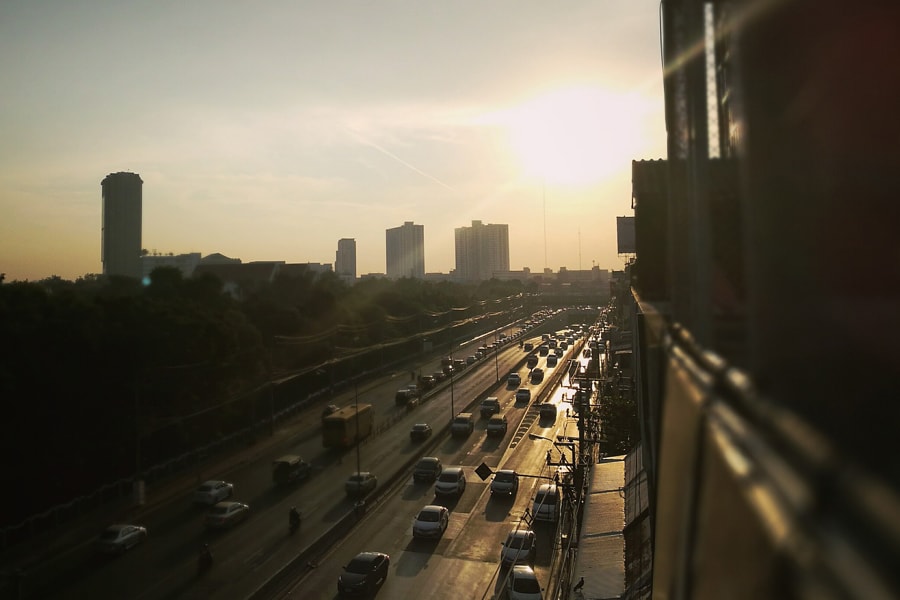
Researchers Predict Morning Traffic By Plugging Into Household Energy Use
- College of Engineering
- 412-268-5976
To predict when morning traffic is likely to grind to a halt, it may be more effective to examine how electricity is used in the middle of the night instead of travel-time data. By analyzing household electricity use in Austin, Texas, researchers at Carnegie Mellon University were able to predict when morning traffic would jam some segments of Austin's highways.
Predicting when traffic congestion will start and how long it will last is difficult because of day-to-day variations. Analyzing real-time travel data doesn't provide enough information for prediction purposes because drivers' departure times and traveling behaviors vary, creating ever-changing demands on highway systems. So, to better understand traffic flow, researchers explored the interrelationships between urban systems, a key concept in smart city research, by examining how Austin's transportation system intertwines with its electricity system.
In this study, Sean Qian, an assistant professor of civil and environmental engineering and Ph.D. student Pinchao Zhang created a model that mined electricity-use and then employed artificial intelligence to predict traffic flow. This groundbreaking study attempts to discover spatiotemporal relations of usage patterns among transportation and energy systems.
Researchers analyzed 79 days' worth of electricity data from 322 anonymous households in Austin. Their model categorized users by the time and amount of electricity they used. For example, people who presumably went to bed early were in a different category than night owls. Using AI, the model learns critical features about user categories and how each category relates to traffic congestion, and then it makes predictions. These predictions are significantly more accurate than predictions made by only using real-time traffic data. When households switched their use patterns from day to day, that was reflected in the time congestion started.
Professor Sean Qian discusses using real-time data to predict future traffic volumes and reduce congestion and emissions.
"Our results show that morning peak congestion times are clearly related to particular types of electricity-use patterns," Qian said.
For example, one pattern consisted of households whose electricity use increased from 2 a.m. on, but then declined before 6 a.m. This could indicate that those households may have to leave for work by 6 a.m., which positively correlates to morning congestion starting earlier.
"Another feature of this study is that it requires no personally identifiable information from households," Qian said. "All we need to know is when and how much someone uses electricity." This demonstrates that system efficiency can be improved while personal privacy remains protected.
The study's results are compelling, but there are limitations — more data is needed. A larger sample of household data collected over a longer time period would better train the predictive capabilities of the model. Weather and incident data affect traffic, and these are not factored into the current model. Further, reproducing this study in other cities may be problematic because obtaining electricity-use data from energy utility companies is difficult. In this study, Pecan Street Inc. provided the Austin electricity data through an open data sharing platform.
While the model predicts traffic congestion, it also provides proof of concept for the pairing of transportation and energy systems to predict how systems will operate. Teasing out the correlations between how people use urban systems could lead to cross-system demand prediction and management.
"We looked at energy utilization to predict the traffic. But you could also use traffic flow to predict energy utilization in advance," said Qian, whose follow-up research explores the relationships between transportation and water/sewer systems and social media.
The National Science Foundation, Carnegie Mellon University's Traffic21 Institute and Mobility21, a National USDOT University Transportation Center funded this research. The study, titled "User-centric interdependent urban systems: Using time-of-day electricity usage data to predict morning roadway congestion," was recently published in Transportation Research Part C.